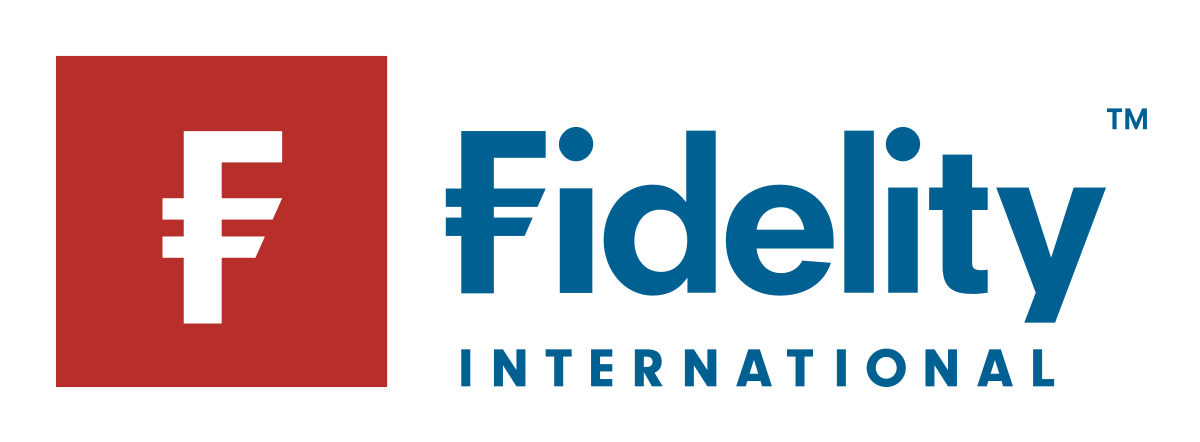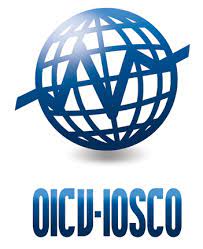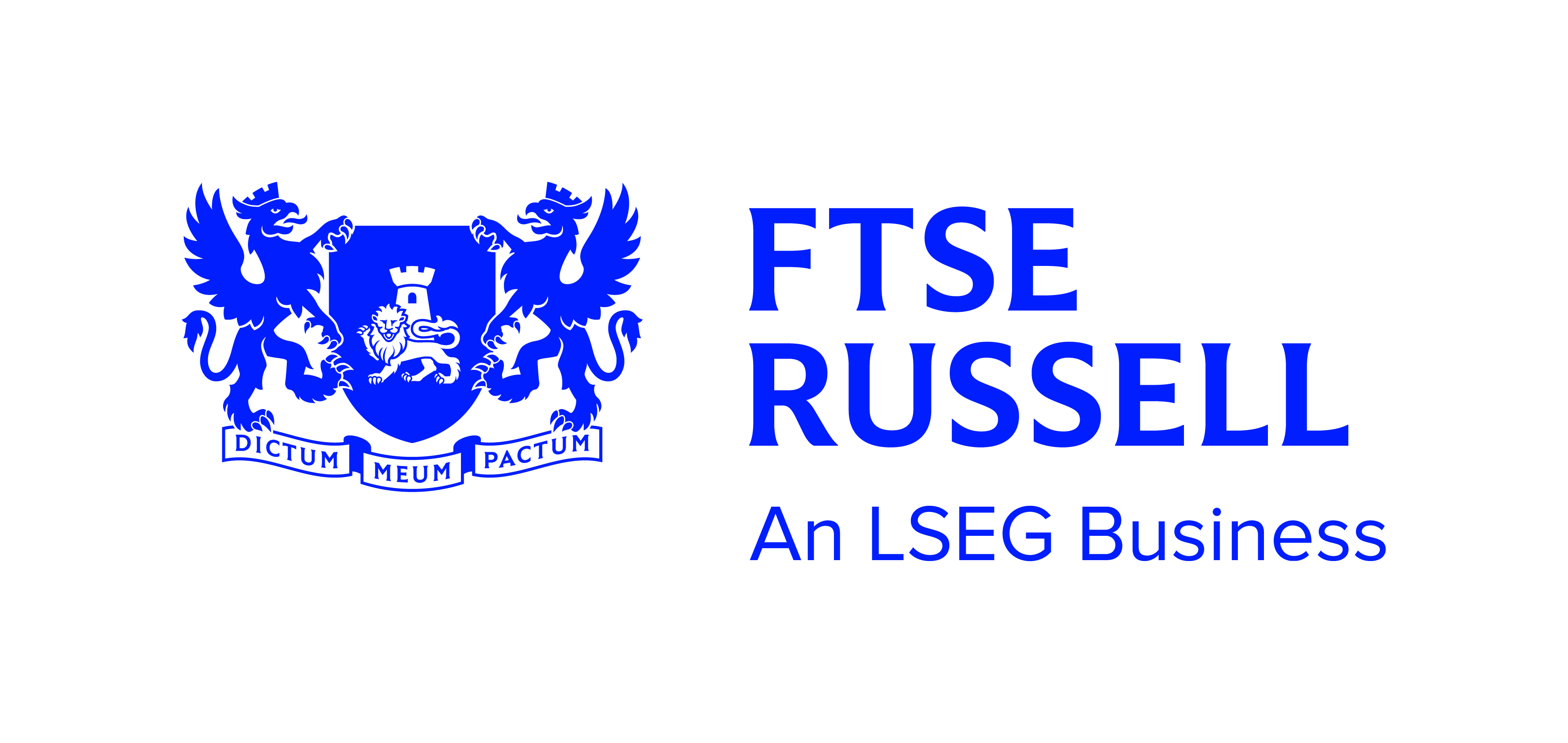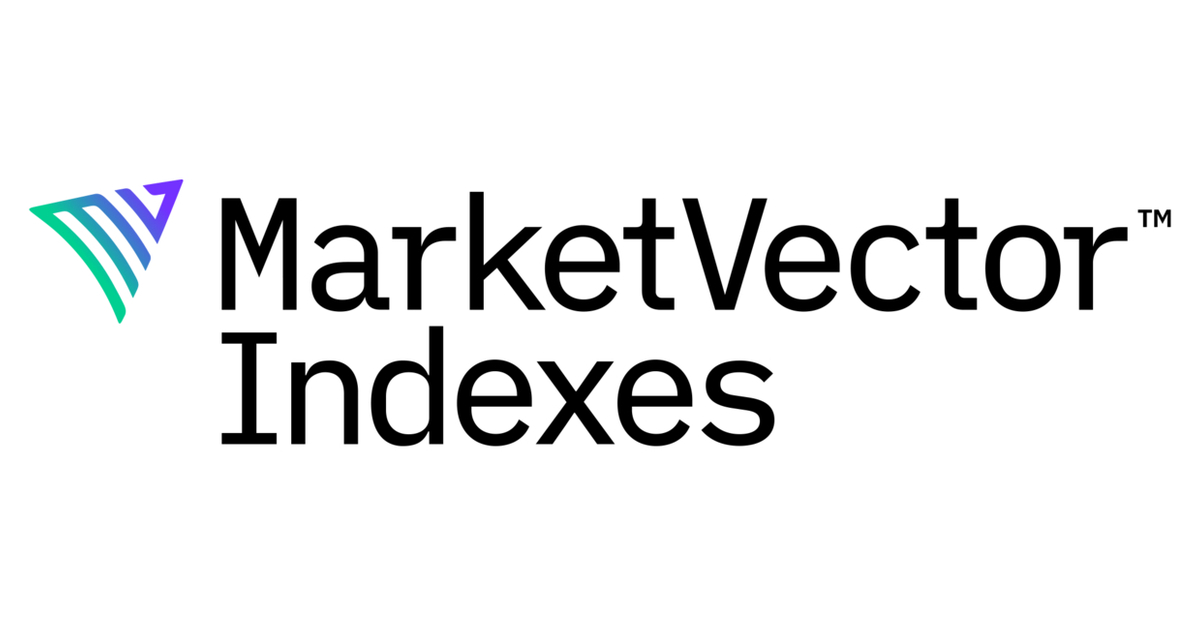Self-indexing has been adopted by newer entrants to the ETF market in a bid to reduce costs and offer a differentiated product suite to investors, however, the potential “conflicts of interest” that can arise is a factor that looms over the practice.
On 19 October, IOSCO launched a consultation into the relationship between asset managers and index providers.
In the survey, the global watchdog highlighted four areas of focus including the role of asset managers and index providers, index providers’ provision of indices, the impact of administrative errors on investment funds and potential conflicts of interest.
As part of the focus on conflicts of interest, IOSCO wants to find out how ETF issuers manage any issue that can arise when self-indexing or when the index provider is affiliated such as VanEck’s ownership of MarketVectors Indexes.
In particular, the watchdog is keen to ensure the appropriate Chinese walls are in place.
“This survey is intended to support IOSCO’s mandate by seeking to generate a more granular understanding of certain conduct-related index provider matters,” the regulator said. “What are the potential conflicts of interest that may arise? Please also detail how potential conflicts of interest are managed in such cases (e.g., information barriers).”
In the context of the ETF industry, self-indexing is when an issuer creates an index in-house instead of licensing an external index created by MSCI or FTSE Russell, for example.
This primarily avoids the issue of having to pay vast fees to the large index providers which is particularly important considering the huge pressure on costs right across the ETF industry.
Self-indexing also has the benefit of offering a differentiated product that cannot be copied by larger rivals who can simply license the same index from a provider and utilise their stronger distribution networks to gather more assets.
Finally, an ETF issuer can control the rebalance date of the underlying index when self-indexing. This means they are less likely to suffer from hedge funds frontrunning rebalance dates for flagship indices such as the S&P 500 or MSCI World.
A number of players in the European ETF industry engage in self-indexing including WisdomTree and Fidelity International which unveiled a five-strong thematic ETF range tracking its own indices in September.
Despite the advantages however, ETF issuers must ensure a rigorous process is in place to avoid any potential conflict of interest arising.
One such process is for the ETF issuer to hand over the day-to-day calculation of the index to a third party which removes concerns around the accuracy of the replication, for example.
Asset managers and index providers have until 26 November to respond to IOSCO’s survey. It will be interesting to see the view IOSCO formulates on this issue and whether any other risks are highlighted.
Related articles









